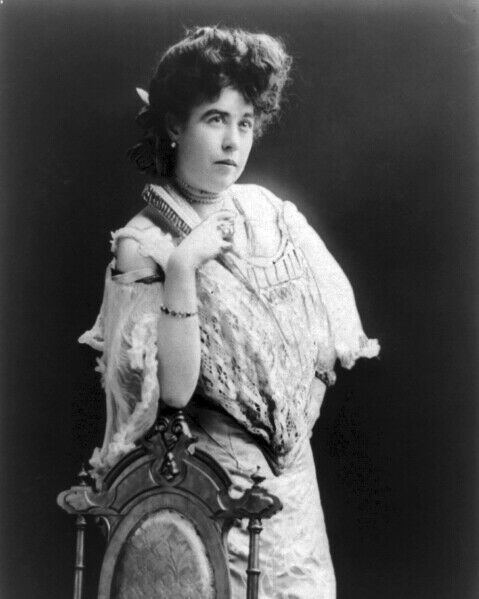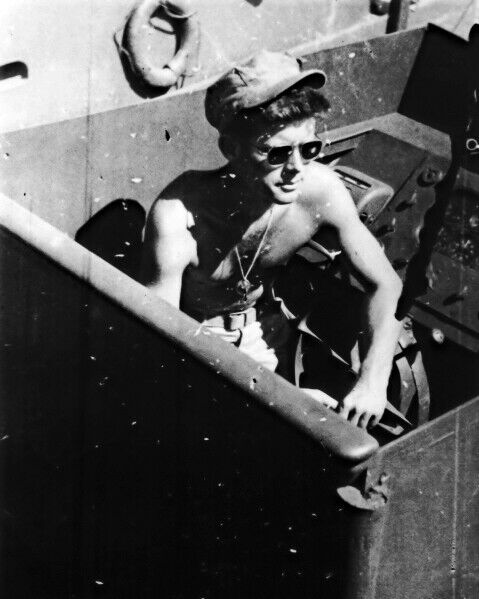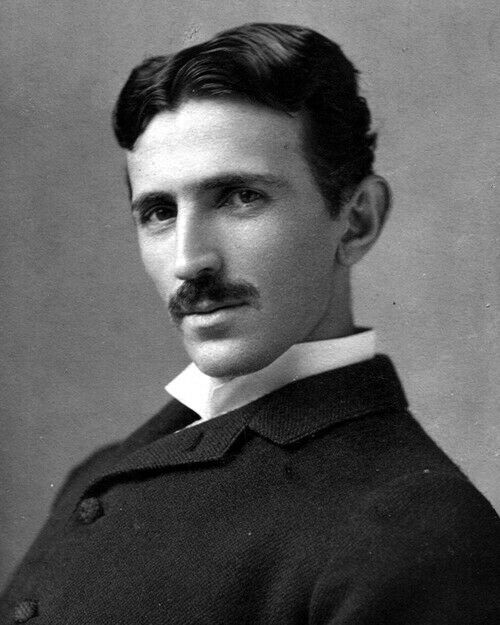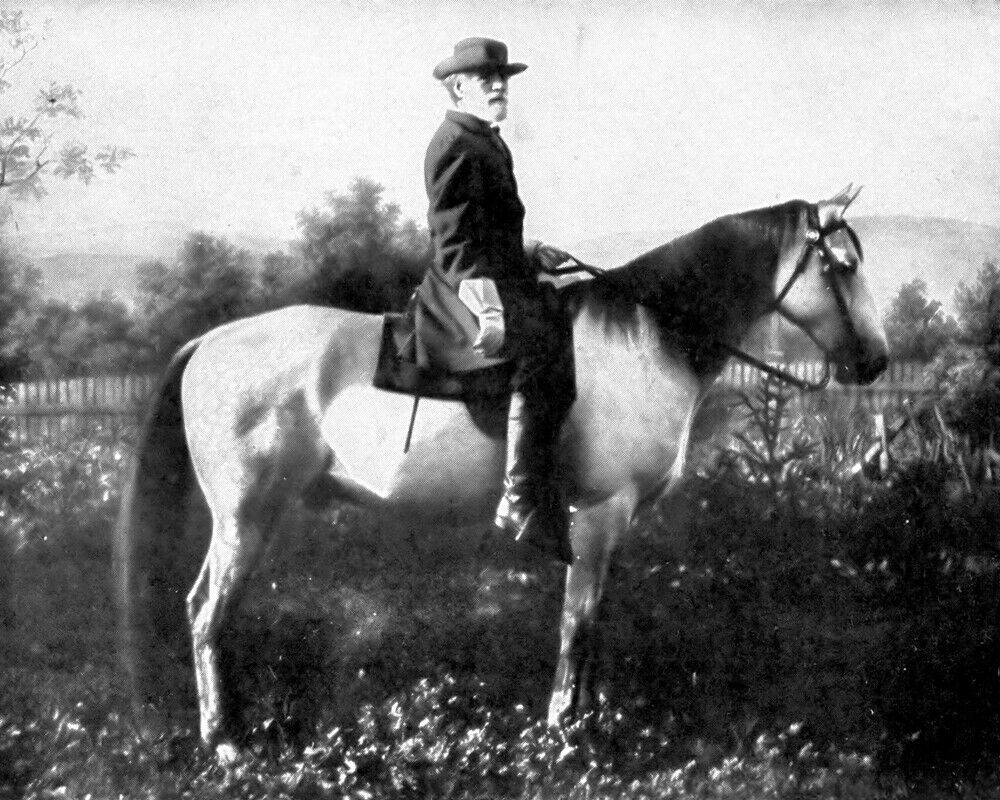-40%
John Dugdale 8x10" Sepia toned Silver Gelatin print
$ 369.6
- Description
- Size Guide
Description
Sepia Archival Print from the original 8x10 negative, not a copy ordigital
,
unsigned.
d himself free to explore his fine art, using friends and family members as studio assistants.
Dugdale's interest in photography started at the age of twelve with his first camera, which was a present from his mother. He attended the
School of the Visual Arts
in
New York City
where he majored in photography and art history. In 1983 his photographic work was first presented in a solo exhibition at
Vienna
's
Molotov Art Gallery
. The show and the catalogue were curated by
Christian Michelides
, the founder of the gallery. Thereafter he started a successful decade long commercial career working for such clients as
Bergdorf Goodman
,
Martha Stewart
and
Ralph Lauren
.
In 1993, at the age of 33, Dugdale experienced nearly total blindness due to a stroke and CMV retinitis, an HIV-related illness. He became completely blind in his right eye and lost eighty percent visibility in his left eye. He lost his remaining vision in 2010. This tragic event ended his successful commercial career, but he decided to persist in photography and started to explore techniques from the 19th century for fine art photography, using friends and family as assistants. Since then Dugdale has worked with large format cameras, creating cyanotype prints, platinum prints - using the
albumen process
which became the dominant form of photographic positives from 1855 to the turn of the 20th century. His sensibility for bygone techniques emphasizes the poetics of his work and the transcendence of time and place, seemingly transporting the imagery to a different era. A quote of the nearly blind photographer: “The mind is the essence of your sight. It’s really the mind that sees.”











